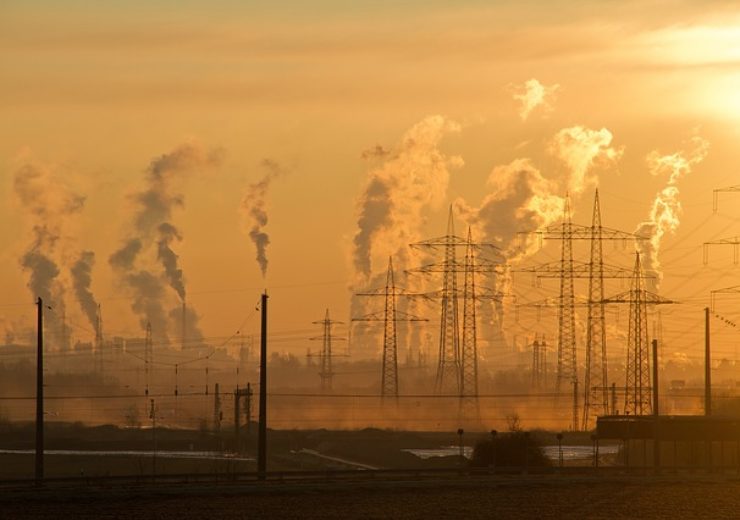The funding will be used by ULTIMATE, a new Advanced Research Projects Agency-Energy programme

US DOE seeks to develop ultrahigh temperature materials for gas turbine applications. (Credit: Ralf Vetterle from Pixabay)
The US Department of Energy (DOE) has announced funding of $28m to develop ultrahigh temperature materials for gas turbine applications.
The funding will be used for the new Advanced Research Projects Agency-Energy (ARPA-E) programme, ULtrahigh Temperature Impervious Materials Advancing Turbine Efficiency (ULTIMATE).
The ULTIMATE programme aims to develop and demonstrate ultrahigh temperature materials capable of operating in high temperature and high-stress environments of a gas-turbine blade in the power generation and aviation industries.
DOE Under Secretary of Energy Mark Menezes said: “Gas turbines are a major generator of electricity, and have significantly contributed to the cleaner generation of electricity over the past several years.
“Developing new, innovative technologies under the ULTIMATE program will allow us to better utilize gas turbines across multiple power sectors, from electricity generation to transportation and aviation, making all of these industries more efficient.”
Over the last few decades, the temperature capability of current blade materials has improved gradually.
The department, however, believes there exists a new opportunity to discover, develop, and implement novel materials that could work at temperatures significantly higher than industry standard superalloys, thus further increasing efficiency and economic gains.
ULTMATE projects aim to develop novel ultrahigh temperature metal alloys
The ULTMATE projects will focus on developing novel ultrahigh temperature metal alloys and coatings integrated with advanced manufacturing processes, that would allow gas-turbines blades to operate continuously at 1300 ºC in a material test environment.
US ARPA-E director Lane Genatowski said: “The development of novel ultrahigh-temperature alloys in conjunction with coatings and advanced manufacturing will help to increase the efficiency of our nation’s power generation and aviation industries.
“Enabling turbines to operate at higher temperatures for longer sustained periods will result in significant reductions of both wasted energy and carbon emissions across many crucial power generation applications.”
Recently, US DOE has announced up to $38m in financing for projects to design economically attractive hydrokinetic turbines (HKT) for tidal and riverine currents.
